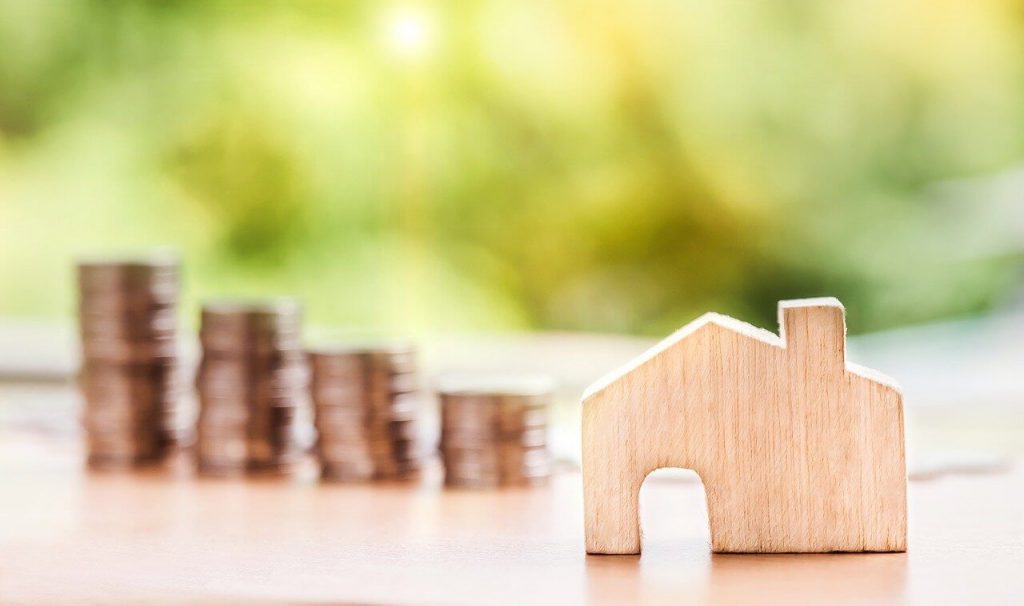Building a new home can be an exciting experience, and it can be easy to overspend. When designing your new home, you will most likely have non-negotiable aspects. With proper planning, there is no reason why you must miss out on having these important elements in your forever home. While a budget can feel limiting, Vision Homes can work with you to extend your budget further than you ever thought it could.

To help with your planning, we have 6 tips to keep in mind so that you can achieve your dream home for your dream budget.
1. Keep it simple and low maintenance.
Consider how much space you need. Smaller houses are cheaper to build and renovate, and if you’re trying to stick within a budget, aspects such as an extra high ceiling or space for a rumpus room may not be as important as other pricey additions. A simple box-shaped home can be constructed quickly and for lower cost and have a charming, elegant and surprisingly spacious result. This will serve you well should the time come to sell, with your modern, simple floorplan appealing to a wide range of potential buyers. Additionally, considering what appliances will serve you well in day-to-day life and what may not be necessary can save you from spending excess funds. The more complex the shape of the home, the harder and more expensive it is to build. The lower the overall surface area of the outside walls, the less it will cost to heat or cool the interior.
2. Make the floor plan purposeful
In construction and design, the floorplan is a drawing to scale the property, showing each room from above, including the walkways, dimensions, cupboards and navigations between rooms. Ask your builder how much of the indicated space is empty, shallow, or potentially dead. Squeezing as much living space as possible or even an extra study nook out of the floorplan, instead of leaving an empty cavity or extra cupboard, can ensure you get the greatest value for money.
3. Consider your finishes
Some finishes may look elegant and unique, but there are ways to achieve the same outcome while spending less. Consider switching from hardwood cabinets to open cabinets or stainless steel and investigate upcycling or op shop hunting for unique finishes to add a special touch. Recycling facilities are earth-friendly and are usually full of hidden treasures to ease the financial burden of building or renovating. Search for products such as recycled steel, cabinets that need a new coat of paint, or even light and plumbing fixtures. Open your options to recycled or secondhand additions, and you’ll be surprised at how much you may save.
4. Prioritise the long run
Certain elements, such as the outdoor panelling, carpets, paint and windows, are not easy or cost-effective to replace. By saving money on some frills, such as doorknobs and finishes, you will have more to invest in good-quality construction elements that stand the test of time. Likewise, considering energy efficiencies such as solar panels and high-end appliances will improve your ongoing costs and make your home run easier. The most economically friendly house will serve you well for years to come. You can test the potential water consumption, greenhouse gas emissions and thermal performance through Government platforms such BASIX (Building Sustainability Index) to ensure your property is the most efficient.
5. Decide what type of home you need
Not all houses are created equal, and each type of home has advantages or downfalls, depending on your needs. You may not live in this home for the rest of your life, so considering a home that will suit you now and for the foreseeable future is a savvy plan. Perhaps an apartment or a smaller block than originally anticipated will suit you fine. By being open to negotiating on the type of space you need, your budget can have room to shrink and grow.
6. Leave it to the professionals
It can be tempting to attempt to do it yourself when trying to save money. DIY can be successful, but it can be a costly risk. Architects, designers and builders generally have money-saving tips, access to wholesale suppliers and tactics to avoid overspending. Some aspects of DIY are easier to achieve than others, such as painting or landscaping. Still, when it comes to designing the floorplan, constructing the home or connecting the pipes, it’s always best to leave it to the professionals.
The first step in building your new home should start with a wish list of non-negotiables and dream elements. Your builder from Vision Homes can work within your budget to include your non-negotiables and to create your dream home. Our team is experienced and skilled with many different types of home builds and can evolve with your designs, ideas and wish lists to reach a perfect outcome. From single to double story, knockdown rebuilds, narrow blocks or custom designs, we can work with you and build a home that will stand the test of time. For more information on money-saving tips, visit the government website here. Otherwise, to get in touch about your dream home, contact our friendly crew to get the ball rolling.
